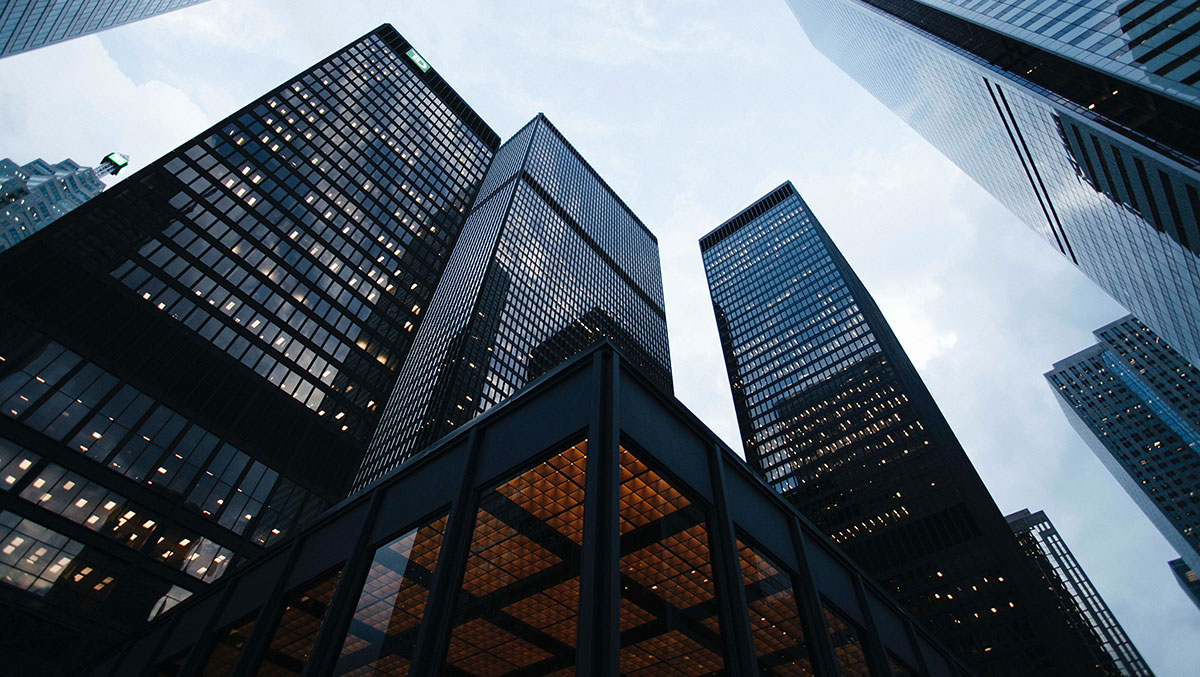
The Office Reimagined
mars 16, 2020 — The Big Picture
It’s now been a few weeks since office employees around the world have been forced to trade in their office desks for dining room tables. As each day passes and COVID-19 continues to blaze across the globe it’s likely that some people are beginning to ask themselves—will I ever go back to the office?
This prolonged period of remote working—not to mention the millions of square meters of office space that is currently standing empty—creates a unique opportunity to consider how COVID-19 might impact the future of work and the role of the office building in our post-pandemic cities.
The next wave of flexible offices
The truth of the matter is, that the world of work was already experiencing a shake-up, even before the onset of COVID-19. Among other things, an overall increase in remote and flexible work, enabled by advancements in tech, changing demographics, and employee preferences, has greatly impacted how office spaces are being designed, developed, and marketed. Nevertheless, there is still a strong likelihood that the COVID-19 crisis itself will have long-term implications for both society and real estate.
Even in the world’s most expensive cities, we are likely to experience a surplus of office stock. This will be an opportunity for architects, planners, and property developers to consider how flexibility can be realized within immovable physical assets as buildings will have to be better adapted to deal with fluctuations in occupancy. One outcome may be the continued exploration into more adaptable and modular buildings and multi-functional models that are capable of being segmented, adjusted, or shut-down entirely based on need.
Another possible impact of the current crisis may be a total re-evaluation of the role of office buildings in our cities due to shifting consumer preferences and economic conditions. Will companies still be able to continue paying for expensive offices once the pandemic subsides? And will employees still be willing to give up valuable time to commute back and forth from the office after experiencing this prolonged period of working remotely? In a future where landlords and owners will be competing more fiercely for occupiers, the design of new office spaces that come out on the other side will have to accommodate this shift in consumer and employee preferences with even more emphasis on creating spaces that support holistic employee wellbeing and health, while maximizing productivity and value for the end-user.
Smarter & safer buildings
Whereas before COVID-19 perhaps few of us considered elevator buttons, door handles, or lightswitches as posing any direct threat, the shared experience of this pandemic will likely change some of our attitudes towards even the most basic elements of our buildings.
With a heightened awareness of hygiene in mind, landlords and property owners might focus on making smarter and safer buildings through the increased adoption of property and construction technology solutions to mitigate any future threat. Beyond just automated lights, we may see a shift towards entirely smart buildings, capable of constantly sending and receiving data, with AI applied in order to service buildings more efficiently or even offer health monitoring functionalities. Since sensor-enabled technology is already capable of digitally monitoring space to ensure maximum occupancy and fire codes are not being violated, it’s imaginable that similar technology could be used for monitoring safe distances between people or ensuring healthy occupancy levels are being adhered to if we ever find ourselves in a similar situation to the one we are in now.
On a higher level, property owners and developers will likely be searching for more reliable data regarding how buildings are actually being used in order to prepare for any future disruptions. This might mean an increase in the use of sensor-technology to gain real-time insights into building occupancy, tracking light and temperature data, and energy consumption, which in turn will hopefully lead towards more efficient and sustainable buildings.
Strengthening (virtual) work communities
In a world where remote work will inevitably become more commonplace, workspaces of the future will have to present new approaches to blend physical and virtual environments, while still allowing people to connect to one another in meaningful ways.
As evidence from research into the popularity of coworking spaces tells us, there are a myriad of benefits to both company output and productivity, as well as employee satisfaction, when workers feel as though they are a part of a workplace community. If the ‘office of the future’ turns out to be less about physically meeting on a day-to-day basis in one large space and more about the relationship between people occupying diverse spaces, maintaining and fostering the feeling of connectivity and community digitally will be vital. Although no easy task, bringing digital workplace communities to life will likely be an important consideration for companies and building owners in the very near future.